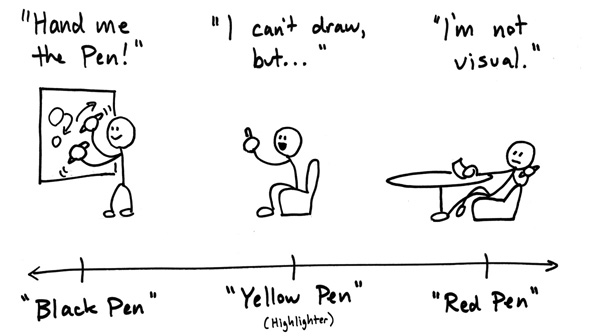I recall in the early days of mediation practice it seemed like one of the hardest interventions to make – to be standing in front of a room full of people and have to create a coherent whiteboard out of their discussion.
The humble whiteboard has been used for every conceivable task in the mediation room – to break down figures, rank issues, list options for going forward and assist with risk analysis by listing direct costs, irrecoverable costs, litigation risk etc
Its predominant use, in early joint session, still seems to be to list issues that need to be resolved if the parties are to reach settlement. The mediator often asks parties to contribute to this exercise and draws points from that discussion – common ground, factual agreement, what issues can be parked and so on.
 Traditionally, the whiteboard has also been used as a time management technique – by writing up the “architecture of the discussion” early on the parties will often volunteer how much time and energy should go into the various points on the board.
Traditionally, the whiteboard has also been used as a time management technique – by writing up the “architecture of the discussion” early on the parties will often volunteer how much time and energy should go into the various points on the board.
Now however, I tend to use the whiteboard later rather than earlier in the mediation – one thing has not changed – any board that I produce is badly spelt and makes no sense to anyone outside the room.
These days it is not so much a matter of writing up issues on the board; for me, the whiteboard has become a tool for visual thinking.
I am still learning this stuff – but know enough that visual thinking is an essential skill for the modern mediator – visual thinking takes advantage of our ability to see – with our eyes and with our mind’s eye – in order to discover ideas that are otherwise invisible, develop those ideas quickly and intuitively, and then share those ideas with other people in a way that they get.
There are a whole lot of people out there with different takes on visual thinking – and a lot of gobbledygook if I’m honest – and whilst a little translation is required to bring them into our mediation world, here are two of my favourites who manage to keep it simple;
Dan Roam
Author of The Back of the Napkin and who has done a lot to bring visual thinking to the attention of professionals by creating a simple framework to begin using it – if you are interested and just starting out on all of this Dan Roam’s book is a good place to jump off from – here’s his blog
Sunni Brown
Here’s her recent TED talk on the benefits of visual notetaking.
________________________
To make sure you do not miss out on regular updates from the Kluwer Mediation Blog, please subscribe here.



hi geoff,
very cool. love dan roam!
best
nadja